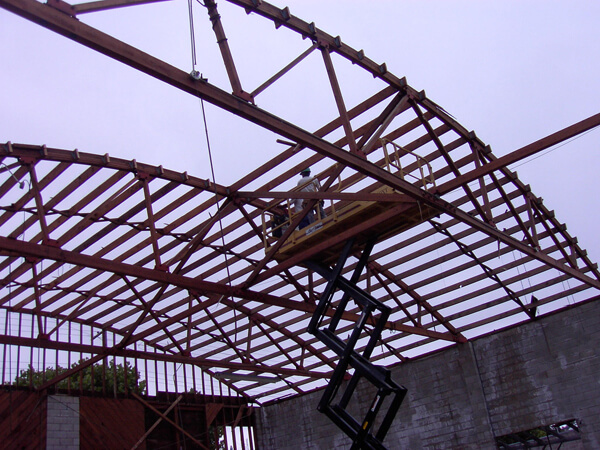Commercial Deconstruction
What is Commercial Deconstruction?
While deconstruction has the same meaning for commercial buildings as it does for residential, the results are often quite different for several reasons. For one thing, quantities are dramatically different. For example, while a normal residential structure typically contains 10 to 15 interior doors, an office building might have hundreds. The percentage of materials captured varies just as dramatically. Between 25 and 40 percent of the weight of components can be salvaged for reuse (not recycling) from the average house, whereas only two to five percent can be salvaged from commercial buildings, as most of these structures are concrete.
On the reuse/retail side if the equation, it should be no surprise that residential owners are more often looking for just the right item, or simply a bargain, whereas commercial buyers (contractors, developers, construction managers and owners) have concerns such as timing, warranties, and building codes.
Finally, there are structural differences. For the most part, houses are built out of wood, while concrete, steel and glass are used in most commercial buildings. With the exception of adaptive reuse and some experimental reuse of concrete wall panels, concrete is not being reused in any meaningful way.

What Are the Steps for Commercial Deconstruction?
- A comprehensive audit of the salvageable and reusable assets,
- Item descriptions on the audit’s inventory, with the results in a draft RFP for dissemination to preferred and/or qualified subcontractors, and
- Salvage directives, and specific material handling, packaging and loading requirements for the purpose of facilitating competitive bidding by subcontractors.
A management plan and diversion report to include:
- Onsite management during the salvage phase, to ensure all materials are salvaged, assembled, packaged, loaded and delivered to the proper recipients.
- A full diversion report with photographs, detailed charts and the total weight diversion.
- All IRS-required documentation if a tax deduction is requested.
